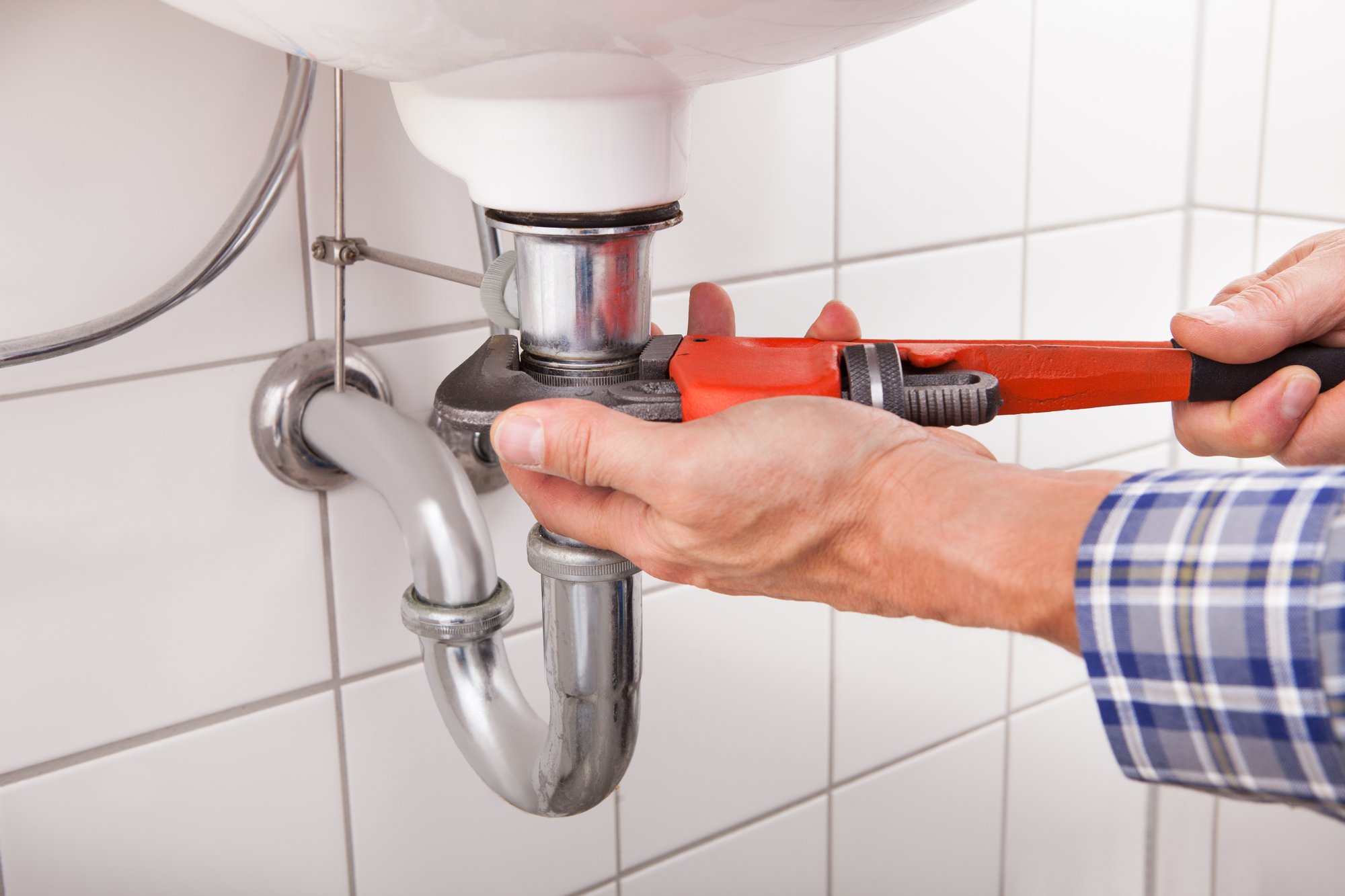Top 5 Energy-Efficient Plumbing Upgrades for Your Home
October 1, 2023

When it comes to making our homes more sustainable and efficient, plumbing often doesn’t garner the attention it deserves. Today, we’re here to shed light on some top energy-efficient plumbing upgrades you can use to not only minimize your environmental footprint but also reduce your monthly utility bills.
1. High-Efficiency Water Heaters
The water heater accounts for almost 18% of the average home’s energy usage. The good news is that high-efficiency water heaters exist today, which consume less energy than traditional models. Look for Energy Star-rated models that can be 50% more efficient, helping you save on electricity and natural gas.
The initial investment may seem steep, but it pays dividends in the long-run. Switching to a high-efficiency water heater can save approximately $160 in energy costs annually.
2. Tankless Water Heaters
Unlike traditional water heaters that store and reheat water, tankless water heaters heat water directly as it flows through the unit. Since they heat water on an as-needed basis, they present a more energy-efficient solution, reducing standby energy losses that come with storage water heaters.
.jpg)
Tankless water heaters can be 8%–24% more energy-efficient for homes that use a lot of hot water, around 86 gallons per day. For homes that use less – around 41 gallons daily, they can be 24%–34% more energy-efficient.
3. Low-Flow Fixtures
Low-flow fixtures – showerheads, faucets, and toilets, help reduce water consumption. Replacing your regular showerhead with a low-flow model can save 2,900 gallons per year! Low-flow toilets consume 20%-60% less water, offering substantial water savings and reducing your water bill significantly.
4. Recirculating Systems
A recirculating system ensures that hot water is available instantly at every tap in the house. It keeps hot water circulating through the pipes and sends the unused hot water back to the heater. This prevents water waste from having to run the tap waiting for hot water.
Recirculating systems are best installed during new construction or renovations due to the extra piping needed. However, retrofit options are available for existing homes.

5. Greywater Recycling Systems
Greywater refers to the gently used water from your bathroom sinks, showers, tubs, and washing machines. A greywater recycling system filters this water for reuse, drastically reducing your water consumption.
Greywater systems can be simple, reusing water for toilet flushing or lawn irrigation, or sophisticated, purifying water for potable (drinkable) use. In either case, they offer an excellent way to utilize wastewater that would otherwise go down the drain.
In conclusion, implementing these plumbing upgrades can help you achieve noticeable savings on your utility bills while lowering your environmental impact. Always look for a reputable, licensed plumber or plumbing service with knowledge of energy-efficient practices for installation. Remember, upfront costs are often outweighed by the long-term savings and environmental benefits these systems provide.
